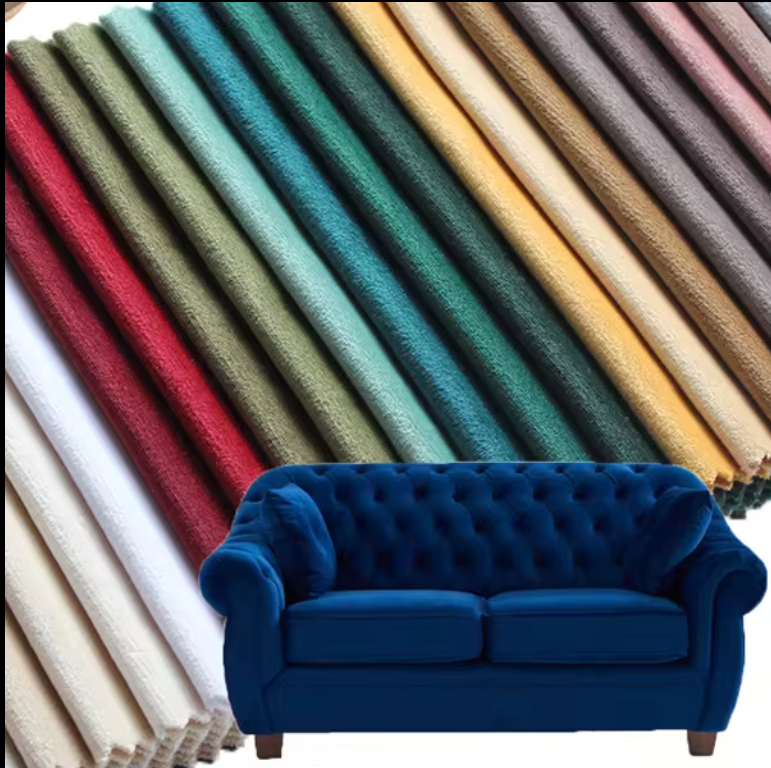How to choose leather for home sofas

When choosing leather for home sofas, multiple aspects need to be considered to ensure that the selected leather meets both personal preferences and durability, comfort, and aesthetics requirements. Here are some key selection points:
1. Leather type
Genuine leather sofa leather
Full grain leather: The highest quality genuine leather that retains the natural texture and pores of leather, is very durable, and will form a unique luster and texture over time, suitable for those who pursue high quality and long-term use.
Top layer leather: After polishing and processing, the original defects are removed, and the price is slightly lower than full grain leather, but it is still very durable and beautiful, suitable for consumers who want to balance quality and budget.
Repairing leather: After treatment and dyeing, the surface is more uniform and smooth, and the price is relatively low. Although it lacks the natural texture of full grain leather, it is also a durable choice.
Recycled leather: made from leather fragments and other materials, with the lowest price and poor durability, suitable for consumers with limited budgets.
Artificial leather
Artificial leather sofa: Made from artificial leather as the raw material, it is inexpensive, diverse in style, and easy to clean. However, its feel and texture are quite different from genuine leather sofas, and its wear resistance and comfort are also high. It is suitable for people with limited budgets or low requirements for leather.
2. Leather characteristics
Wear resistance: Consider the wear resistance of leather to ensure that the sofa can withstand the wear and tear of daily use.
Comfort: Choose leather with soft touch and good breathability to enhance the comfort of the sofa.
Aesthetics: Choose appropriate colors and textures based on the overall style of the home, making the sofa a highlight of home decoration.
3. Leather quality assessment
Thickness: The thickness of leather directly affects its durability and comfort. Generally speaking, leather with a thickness of 1.2 millimeters or more has better quality.
Stitching process: Check whether the stitching of the sofa is tight, uniform, and free of looseness or breakage to ensure the durability of the sofa.
Filling material: The filling material of the seat cushion and backrest is also an important factor in evaluating the quality of the sofa. High density foam usually provides better support and comfort.
4. Other factors
Design style: Choose a suitable sofa design based on personal preferences and home style, such as modern style, traditional style, etc.
Function configuration: Choose sofas with different functions according to personal needs, such as adjustable backrests, multifunctional storage, etc.
Price: Choose according to budget planning to ensure satisfactory products are purchased within the economic range.
Brand reputation: Choosing a well-known brand not only ensures product quality, but also provides better after-sales service.
5. Maintenance and upkeep
Regular cleaning: Use specialized leather cleaning agents and soft fabrics for cleaning, avoiding the use of cleaning agents containing alcohol or other chemical components.
Avoid direct sunlight: Prolonged exposure to sunlight can cause leather to fade and age. It is recommended to place the sofa in a place away from direct sunlight.
Maintain moderate indoor humidity: Excessive or insufficient humidity can affect the texture and lifespan of leather.
Regular maintenance: Using leather care agents for regular maintenance of genuine leather sofas can maintain the luster and softness of the leather.
In summary, when choosing leather for home sofas, it is necessary to comprehensively consider factors such as leather type, characteristics, quality evaluation, design style, functional configuration, price, and brand reputation, and make a reasonable choice based on personal preferences and home environment. Meanwhile, regular maintenance and upkeep are also key to extending the lifespan of the sofa.

